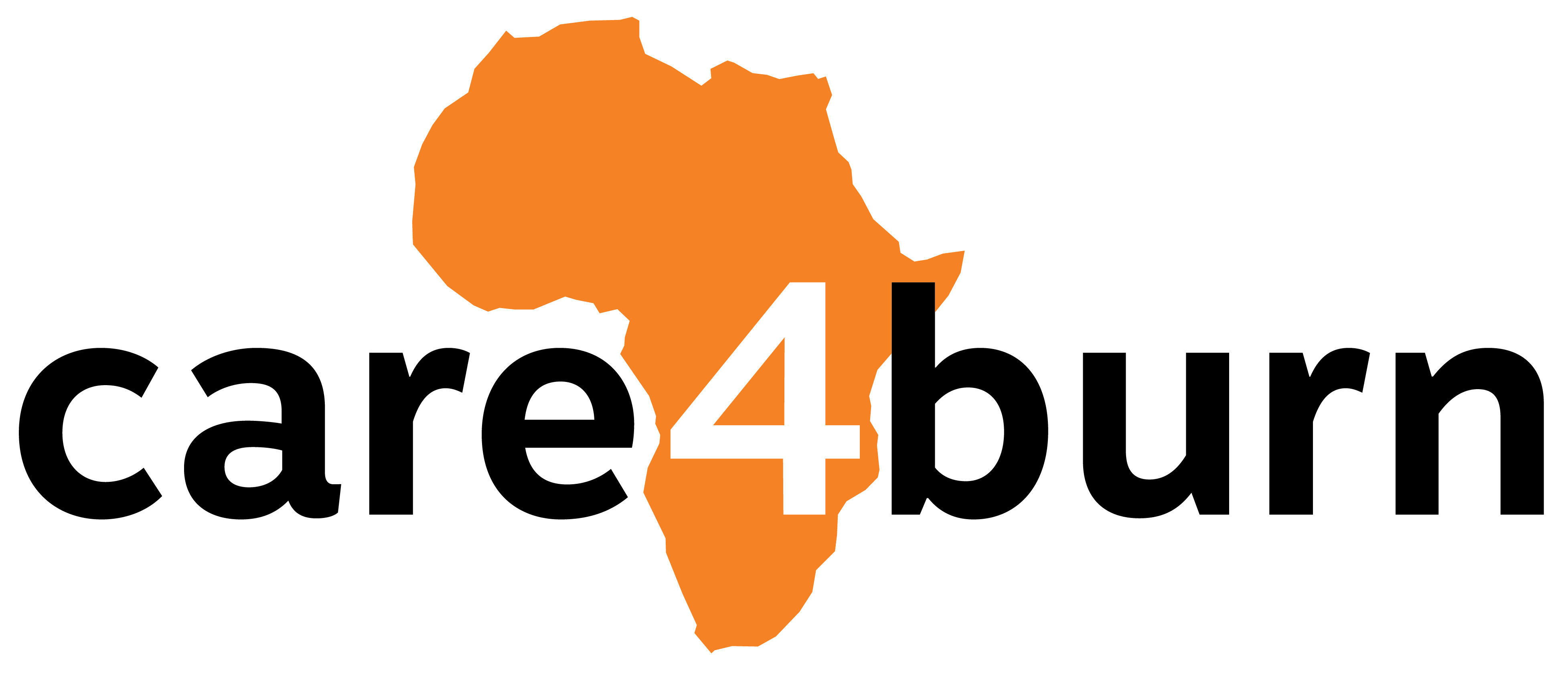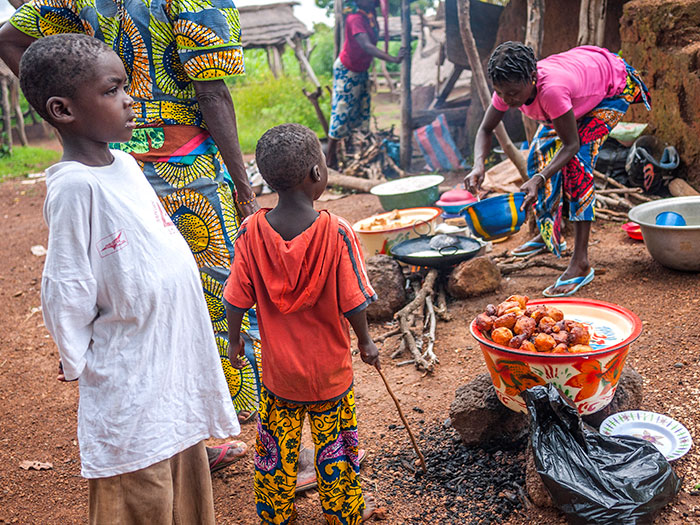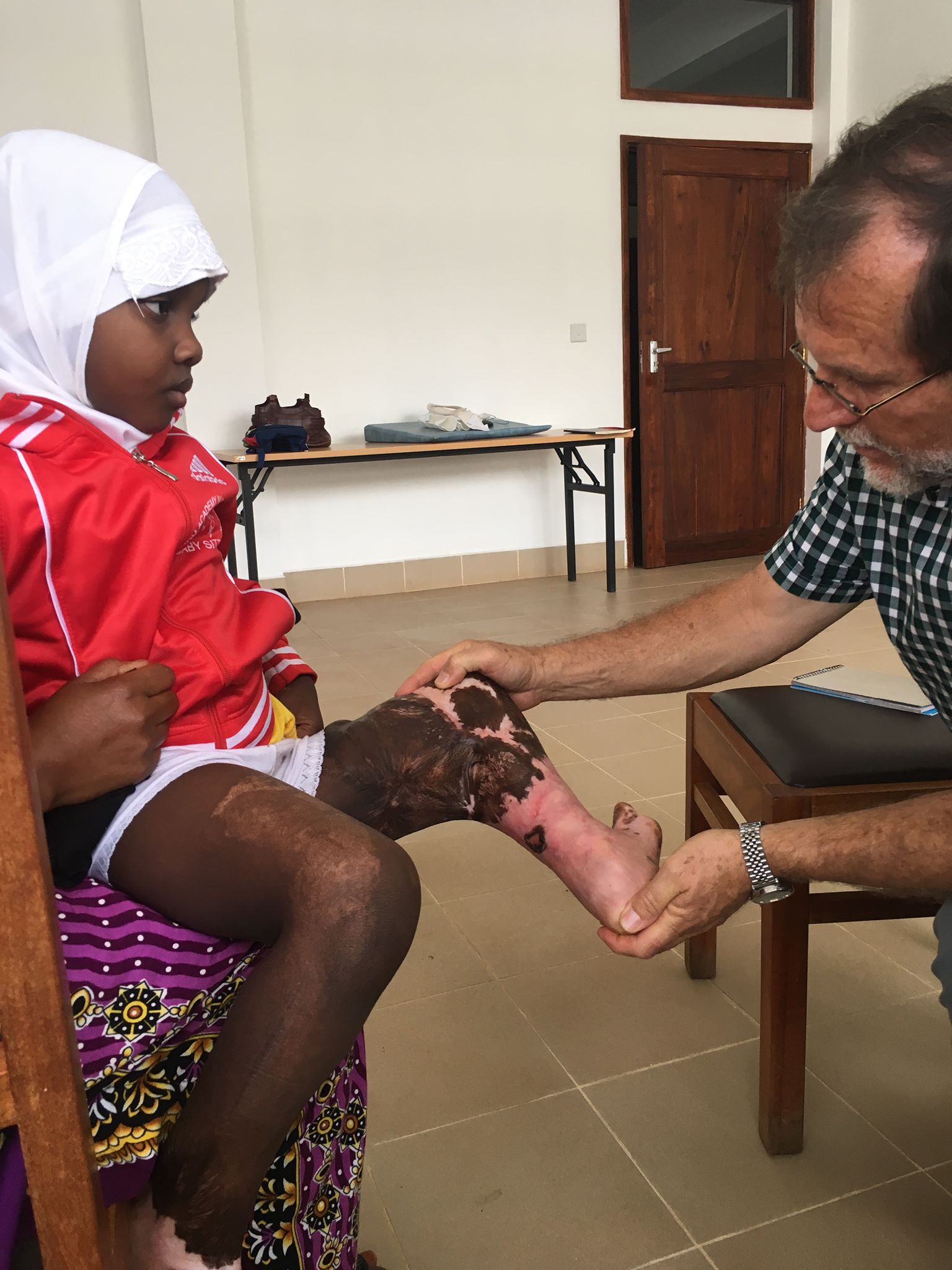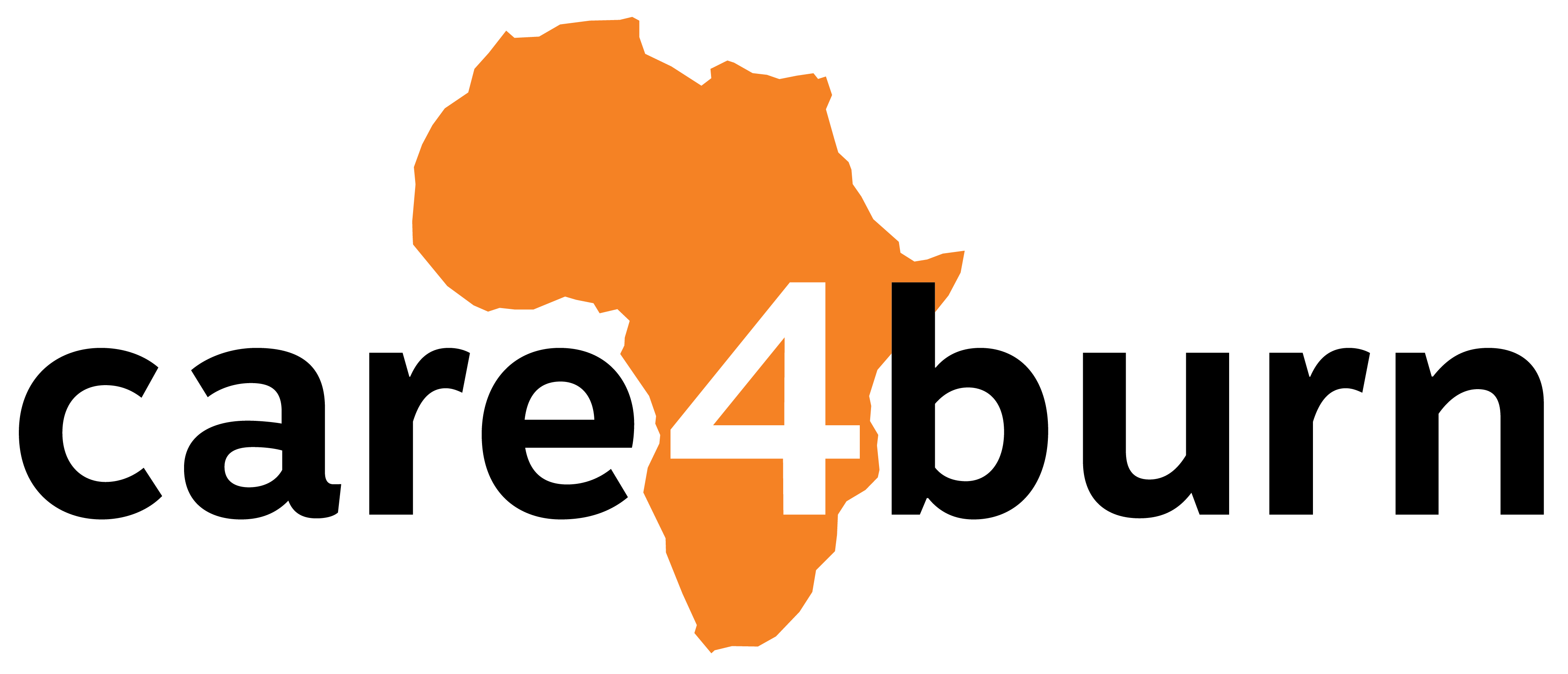The vast majority of accidents happens at home. Cooking over open fire. September 2012.
Burn injuries are a global health problem and is one of Africa’s neglected epidemics. In low and middle income countries, about 11 million burn injuries are recorded annually, which is significantly higher than new cases of tuberculosis and HIV infections combined. In several African countries, burn injuries are the third most common cause of hospitalization. Sub-Saharan Africa is the area in the world where most paediatric patients are admitted due to burn injuries. Every year in sub-Saharan African countries, between 18,000 and 30,000 children die at 5 years of age or younger because of burn-related injuries.
The vast majority of these accidents occur in the home and more than 90% of all pediatric burn injuries occur in connection with cooking over open flames. There is a close correlation between the occurrence of burn injuries and poverty. High population density, low living standards, lack of education and high unemployment are all risk factors that cause children from poor families to have an 8-25 times higher risk of being exposed to burn injuries than children from wealthier families.
Patients with burn injuries are often met with reluctance and disgust from the environment because of exuding and smelly wounds that could ultimately lead to disfiguring contractures. WHO has in recent years put burn injuries and other wound problems in low and middle income countries on the agenda. Despite this attention, the skills to treat even the simplest forms of burn injuries are almost completely absent in many African countries. Lack of attention and lack of clinics specializing in burn injuries means that patients suffering from burn injuries are a ‘forgotten’ patient group, with insufficient access to the resources needed to ensure longterm treatment.
“Care for burn injuries = Care for disabilities”. Dr. Eriksen.
Non-fatal burn injuries often result in painful and lifelong disabilities, disfigurements and impairments for the patients. In addition, burn injuries have emotional, psychological and social consequences for both the patient and the family, which extends far beyond the point of the actual accident. Lack of rehabilitation options means that burn injured patients are rarely recognized as disabled by either their family or society. Many experience exclusion from their society and end up living a lifelong, painful existence where begging is the only way to survive.
Care4Burn’s mission is to strengthen and improve existing local competencies within burn wound care and reconstructive surgery. We support the establishment of local specialized burn units by facilitating teaching and training within burn wound care and reconstructive plastic surgery for local doctors and nurses as well as donating necessary modern surgical equipment. In addition, Care4Burn supports the treatment of patients suffering from burn injuries where the family do not have the financial resources to cover the treatment. Read more





